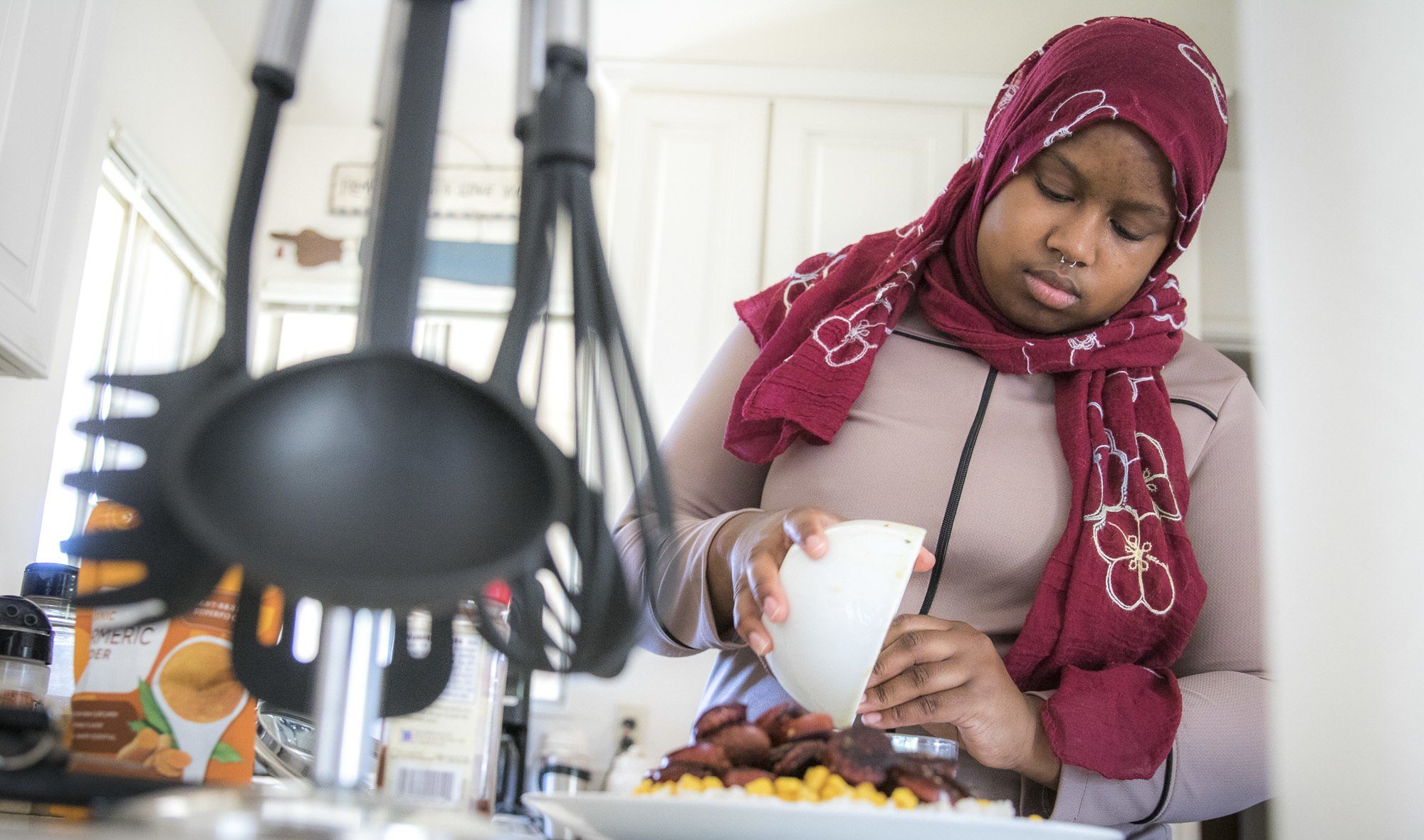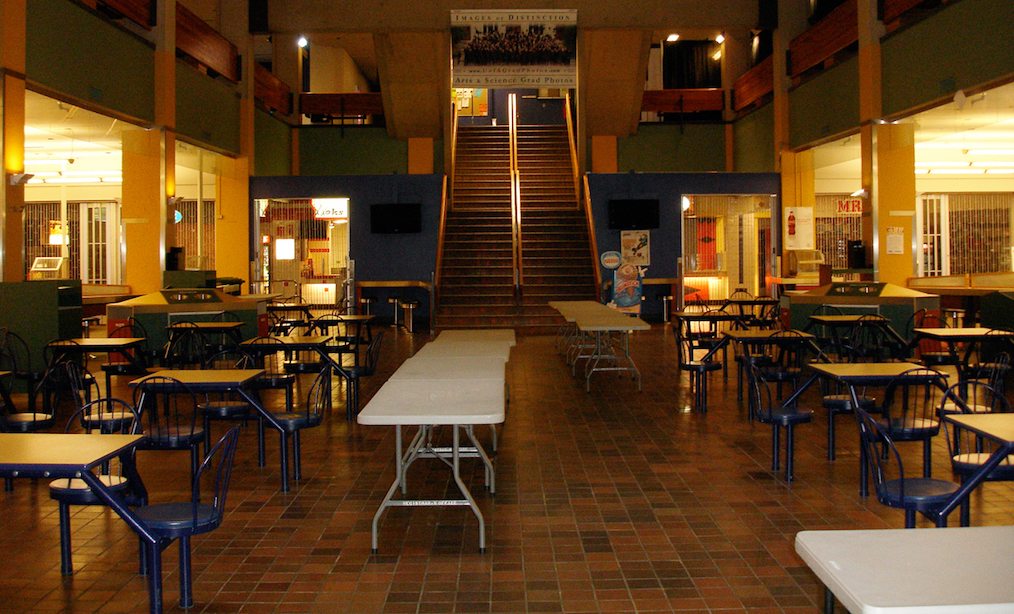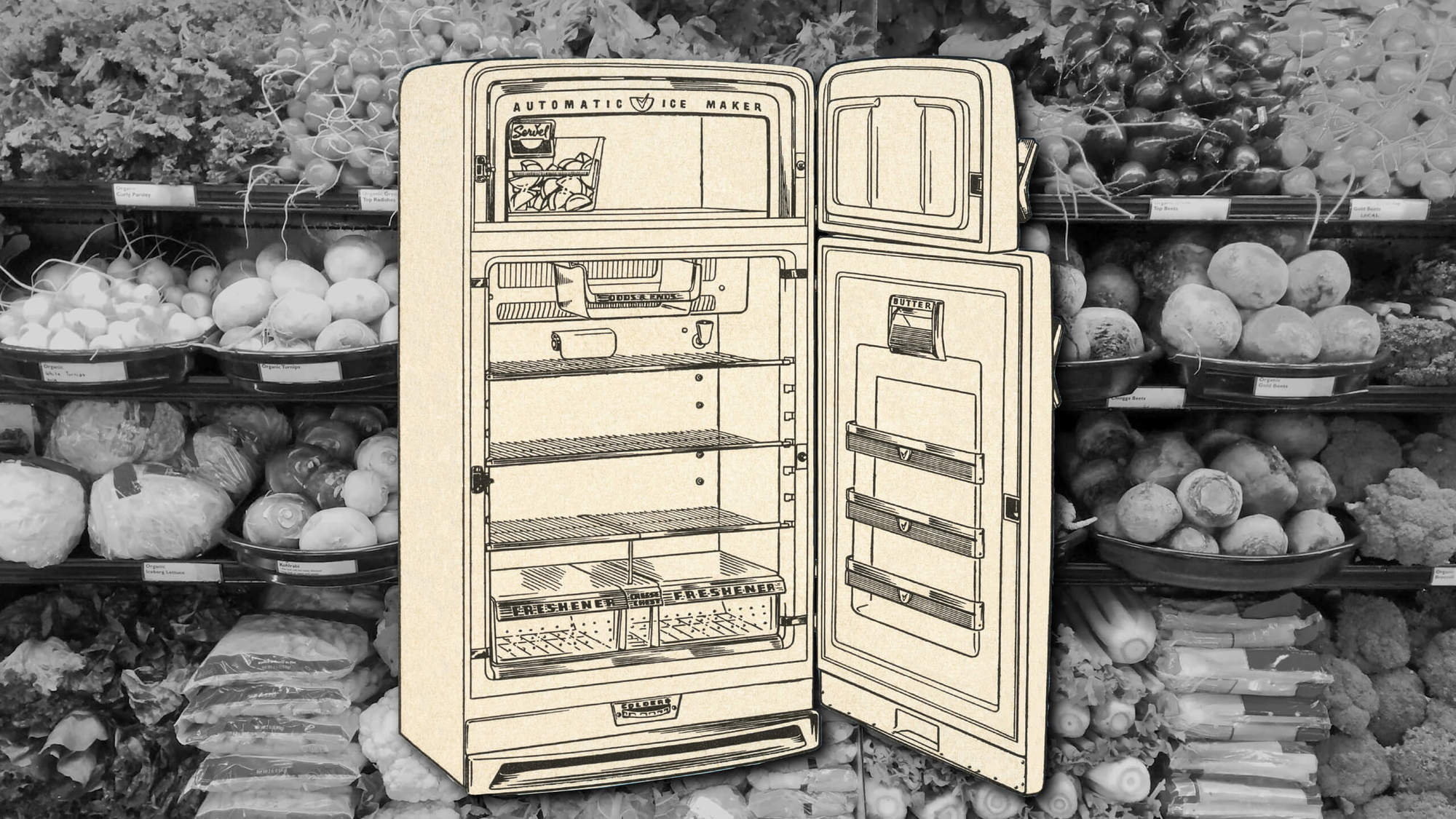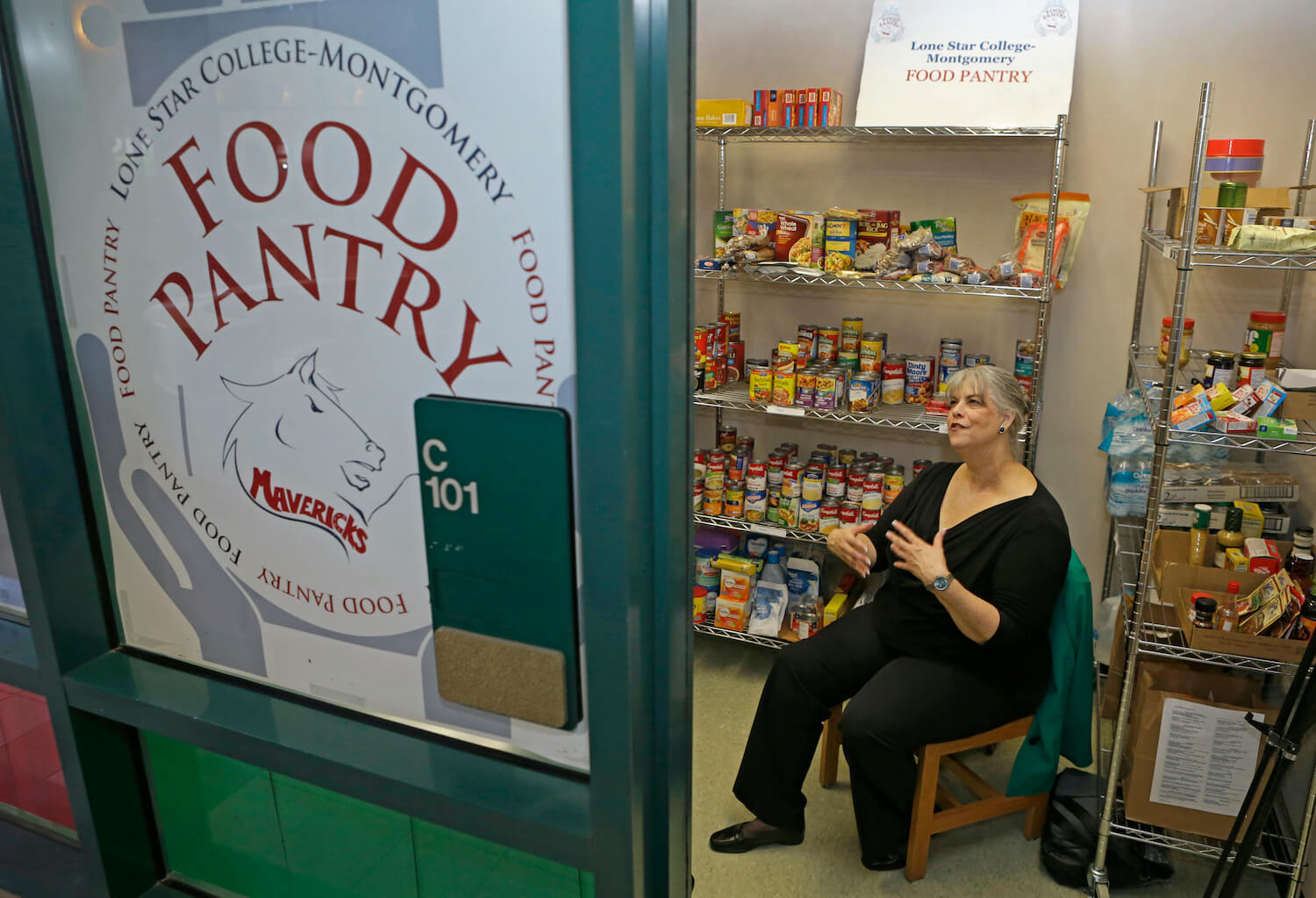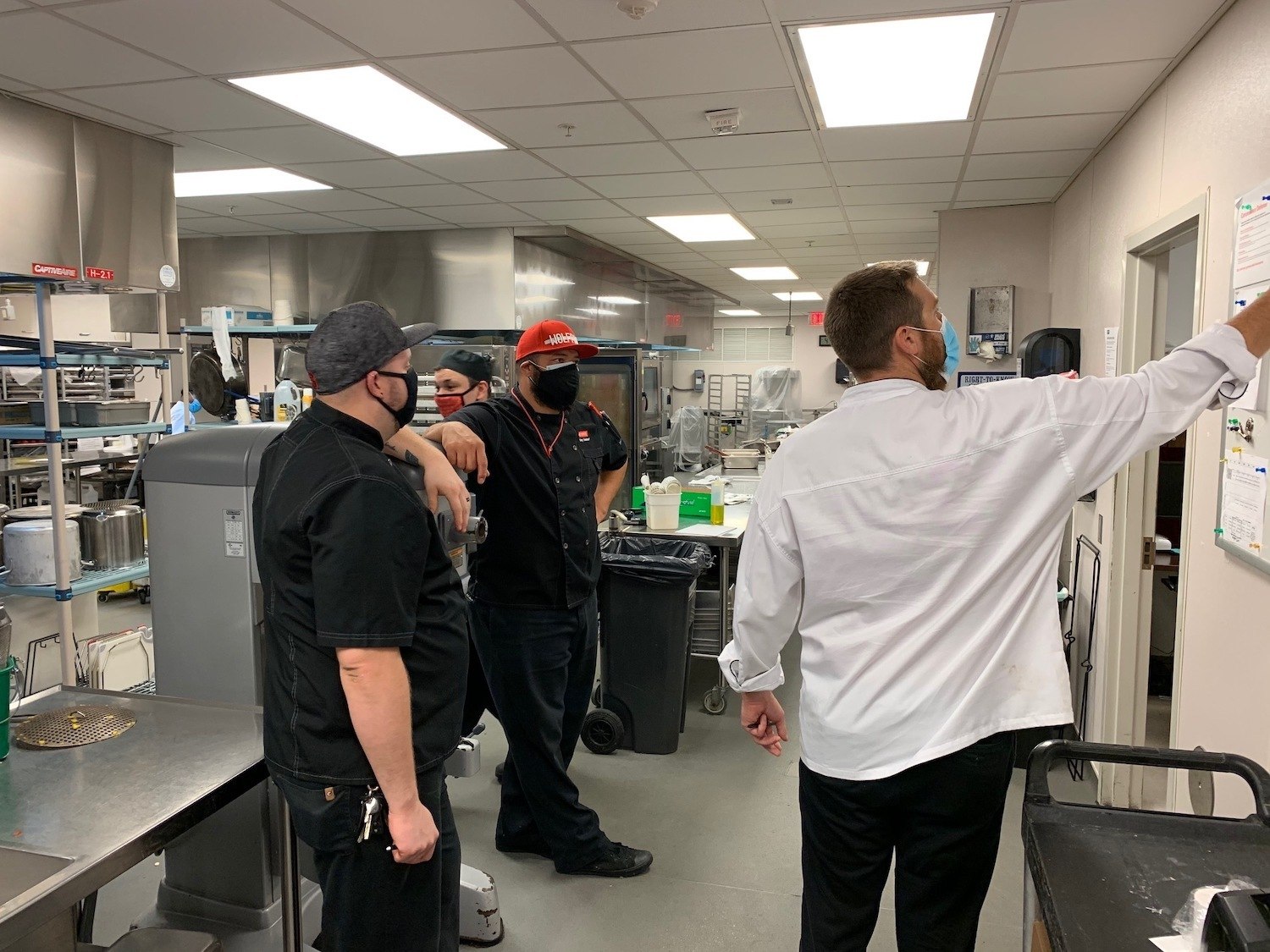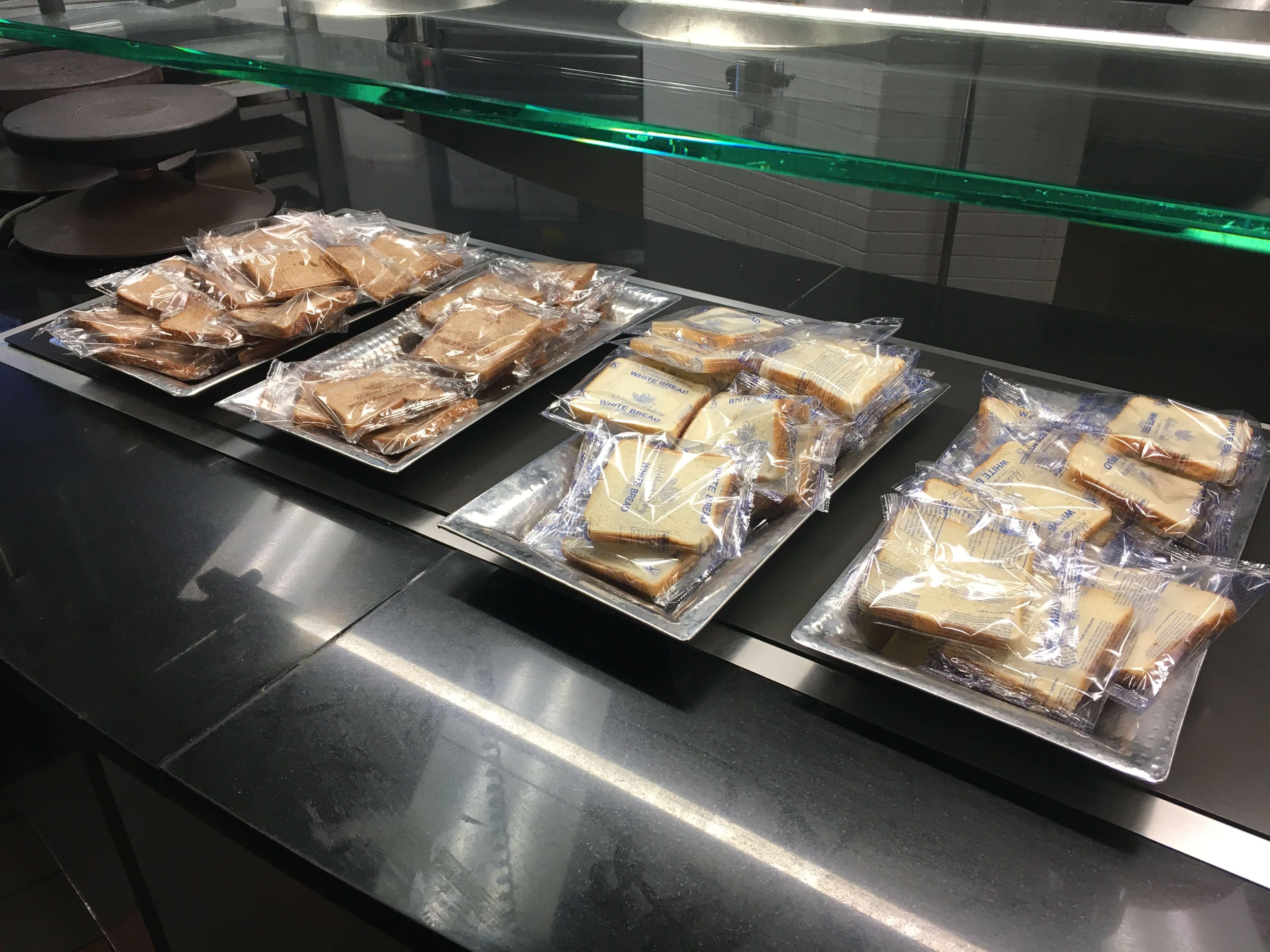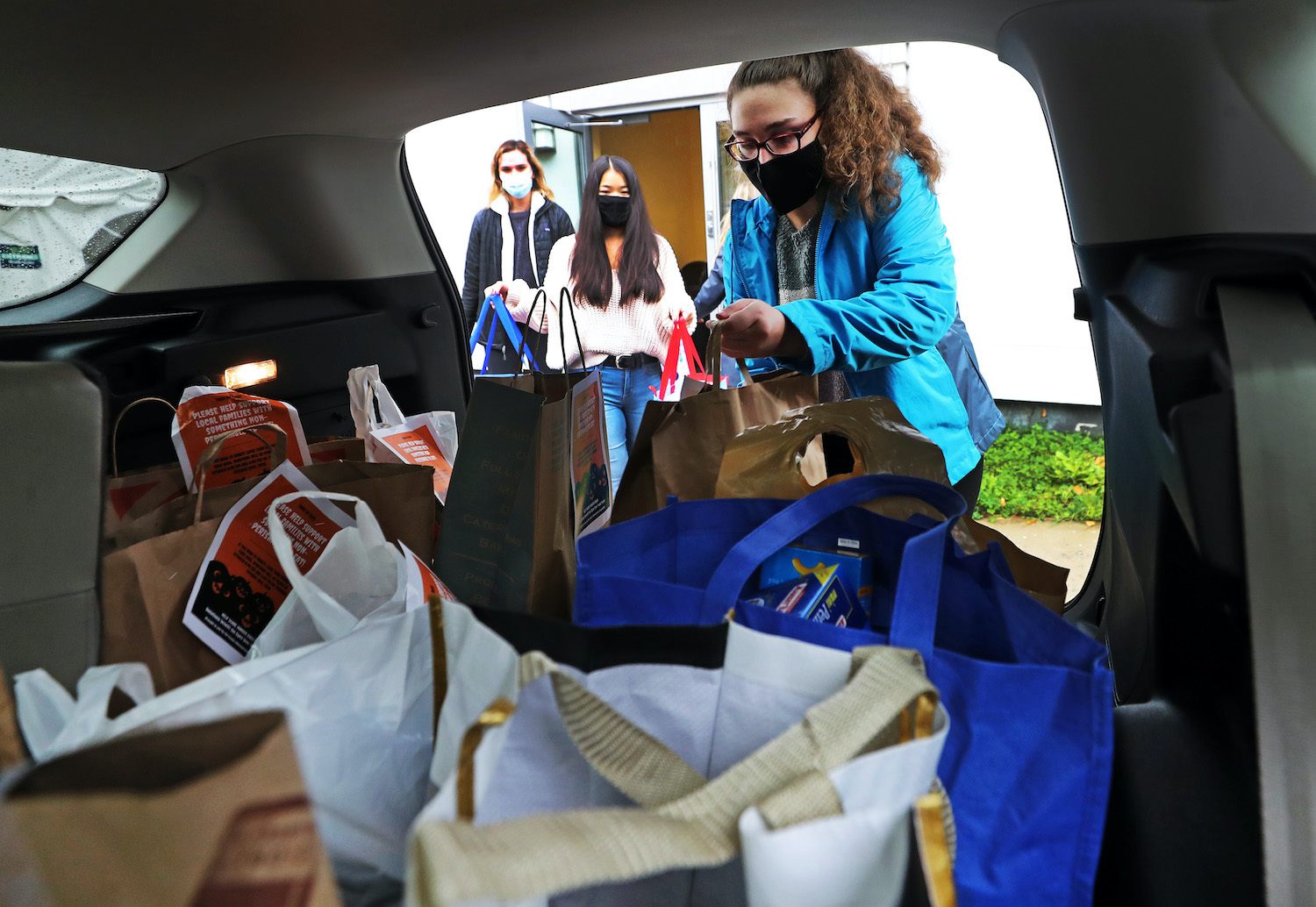
Jim Davis/The Boston Globe via Getty Images
A new study traces the impacts of hunger on the educational trajectories of 1,500 people over nearly two decades.
It should come as no surprise to anyone that being hungry makes it harder for college students to thrive. But while the sharp increase in campus hunger has been well documented in recent years, policy experts have had little idea until now just how much food insecurity impacts the odds that a student will actually graduate.
Pictured above: Endicott College student Grace Vartanian, right, and other students load donated food that they have collected into the back of a car for transport in Beverly, Massachusetts.
That impact is staggering, according to a new, nationally representative study of more than 1,500 college students over two decades. Public health researchers at Johns Hopkins University found that students who lacked consistent access to enough food were 43 percent less likely to graduate than their food-secure peers, and 61 percent less likely to get an advanced degree, like a master’s or doctorate, in the years that followed.
Related: Hunger and food insecurity are not the same. Here’s why that matters—and what they mean.
These findings mark the first time that researchers have been able to quantify the true impact of food insecurity on a student’s education over an extended period of time.
“These are meaningful numbers that speak to a serious problem,” said Julia Wolfson, the study’s lead author and an assistant professor of public health at Johns Hopkins. “A higher education in this country is a primary pathway toward improving one’s economic situation. So the experience of food insecurity during college can be really detrimental if it affects one’s educational trajectory into the future.”
“A higher education in this country is a primary pathway toward improving one’s economic situation. So the experience of food insecurity during college can be really detrimental if it affects one’s educational trajectory into the future.”
Just before the coronavirus pandemic, a comprehensive survey of nearly 167,000 students found that close to 40 percent of them had struggled with food insecurity at some point in the previous month. Prior research has also drawn a strong correlation between food insecurity and a lower grade point average. Over the past decade, individual colleges have tried to tackle the problem with a host of different solutions, from on-campus food pantries to meal swipe donation programs.
What makes Wolfson and her team’s study notable is that it traces the painful effects of food insecurity on students not only while they’re enrolled in college, but for multiple years down the line. After all, not everyone graduates within four or six years, and many people spend significant time in the workforce before pursuing a postgraduate education.
The Johns Hopkins study was based on responses to the Panel Study of Income Dynamics, a long-running survey of 5,000 American families that was first launched in 1968 and has continued to collect data from its original participants and their subsequent generations in the half-century since. The study’s authors focused specifically on a group of 1,574 survey respondents who were enrolled in college between 1999 and 2003, and considered respondents to be food insecure if they had reported experiencing marginal food security (concerns about insufficient resources for food), low food security (an overall reduction in food quality), and very low food security (an overall reduction in both food quantity and quality) during their college years. Researchers then coded respondents’ educational progress based on more recent surveys in 2015 and 2017.
“We can learn from the past. What can we do to prevent those same patterns from reoccurring with today’s college kids?”
The authors found that approximately 15 percent of the respondents had been food insecure in one of the three categories during their college years, and that less than half of them—44 percent—were able to complete their degree. By contrast, their food-secure classmates completed degrees at a rate of 68 percent.
Even worse off were students who had been both food insecure and a first-generation college student, the authors noted, finding that students who fell into both categories were “least likely to graduate at all.”
Wolfson said this marked difference in graduation rates should push policymakers to address food insecurity and college access in a way that is more inclusive of students who may be the first in their families to continue education after high school. “This is sort of a double-burden—the experience of being food insecure and first generation,” she said. “These results indicate that these are students that we should really be directing support towards.”
Wolfson added that she’s worried about what higher rates of campus food insecurity today will mean for the future of current students.
“What this says to me is that we have an opportunity to do something to prevent these kinds of impacts,” she said. “We can learn from the past. What can we do to prevent those same patterns from reoccurring with today’s college kids?”
“Policies to increase access to higher education need to really help students afford the full cost of higher education, meaning their living expenses as well as tuition rates.”
The coronavirus pandemic recently turned one potential solution into a reality, at least temporarily. For decades, students who were studying part-time or more were excluded from participating in the Supplemental Nutrition Assistance Program (SNAP, formerly known as food stamps), based on the outdated idea that college students can rely on parental support to meet their nutritional needs. But in a recent appropriations bill, lawmakers carved out major exemptions to the longstanding rules. For one, it made all students with an expected family contribution of zero on their financial aid forms eligible for SNAP. For another, it waived work requirements for students who qualify for federal work-study programs, which had previously limited the number of students who could take advantage of the program.
According to one policy analyst, the move effectively granted SNAP eligibility to approximately 3 million additional low-income college students. Democratic Senator Elizabeth Warren of Massachusetts has introduced a proposal to extend this policy past the pandemic and make it permanent, though its chances appear slim in a divided Congress.
“The experience of food insecurity during college when someone is a student can be really detrimental and affects one’s educational trajectory into the future,” Wolfson said. “Policies to increase access to higher education need to really help students afford the full cost of higher education, meaning their living expenses as well as tuition rates. And with SNAP as one of the key policies in reducing food insecurity, it’s important that college students not be excluded as they have been in the past.”

